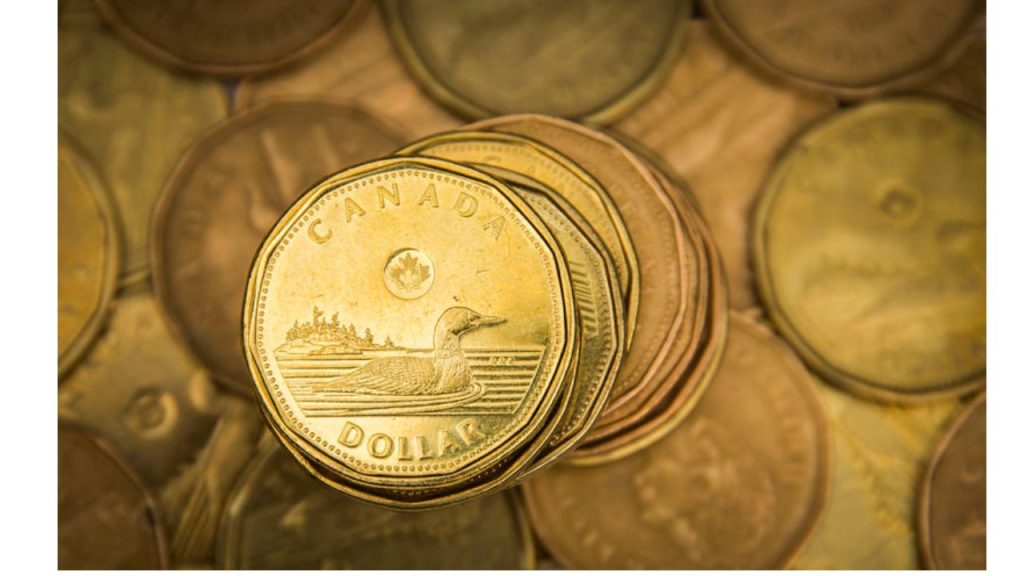As U.S. Treasury rates increased and investors’ concerns about the possibility of U.S. trade penalties increased, the Canadian dollar marginally declined versus its U.S. counterpart on Wednesday.
After fluctuating between 1.4340 and 1.4409, the loonie traded 0.2% lower at 1.4390 to the US dollar, or 69.49 US cents.
The Federal Reserve’s hawkish stance and the prospect of a 25% tax on Canadian goods by U.S. President-elect Donald Trump caused it to drop to a 5-year low of 1.4467 in December.
As Trump considers emergency legislation on the implementation of tariffs, “tariffs look like the culprit here again when looking at the broader rebound in the USD,” stated George Davis, chief technical analyst at RBC Capital Markets. “This has boosted the USD across the board.”
Following a report that Trump was considering using emergency powers to enable a new tariff program, U.S. bond rates maintained their current ascent, and the U.S. currency surged for a second consecutive session versus a basket of key currencies.
Following significant increases in U.S. fuel stocks last week, the price of oil, one of Canada’s main exports, somewhat retreated from its recent gains. At $73.23 a barrel, U.S. crude oil futures were down 1.4%.
In Friday’s U.S. and Canadian employment reports, investors were looking for hints about the likelihood of more interest rate reductions by the Fed and the Bank of Canada.
According to economists, Canada’s economy created 25,000 new jobs in December, while the unemployment rate increased from 6.8% in November to 6.9%.
Following changes in US Treasuries, Canadian bond rates increased over a steeper curve. After hitting its highest level since November 25 at 3.384%, the 10-year was up 4.1 basis points at 3.343%.




